HOW TOP BRANDS ACHIEVED EXCELLENCE WITH STRATEGIC RETAIL STORE FITOUTS?
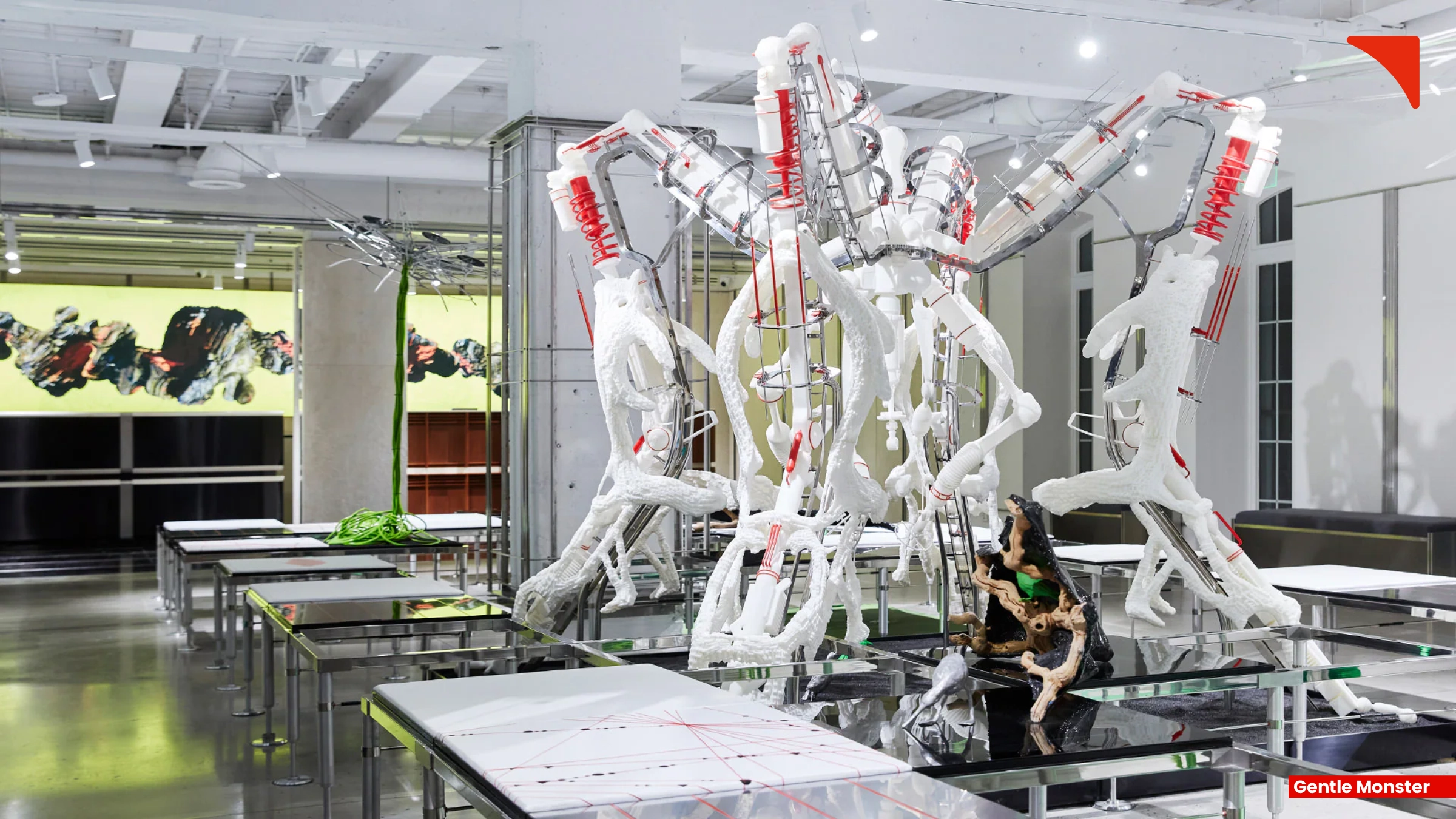
All of it began with an empty room.
When Korean eyewear brand Gentle Monster opened its store in Shanghai, you will be surprised to know that there were no shelves stacked with frames. No counters calling out "Buy 1 Get 1." Instead, a visitor walked into what looked like an immersive art installation-slow moving kinetic sculpture, eerie lighting, and surreal spaces that made shoppers stand still, mesmerized. It didn't feel like a retail store. But as visitors wandered, they began interacting with products almost by instinct. No hard sells. No flashy promotions. And yet, that store outperformed several conventional outlets in nearby districts within the first quarter of launch.
What Gentle Monster understood-and what other top brands are now mastering-is that a retail fitout isn't just about aesthetics or utility. It is a tool to shape customer perception about the brand, guide purchasing behavior, and build emotional resonance.
In today's crowded market, where online convenience battles physical retail, brands that turn their stores into compelling, living experiences are the ones that win. Let us decode how some unconventional and forward thinking brands have achieved retail excellence through strategic retail fixtures and displays.
1. Experience Over Everything
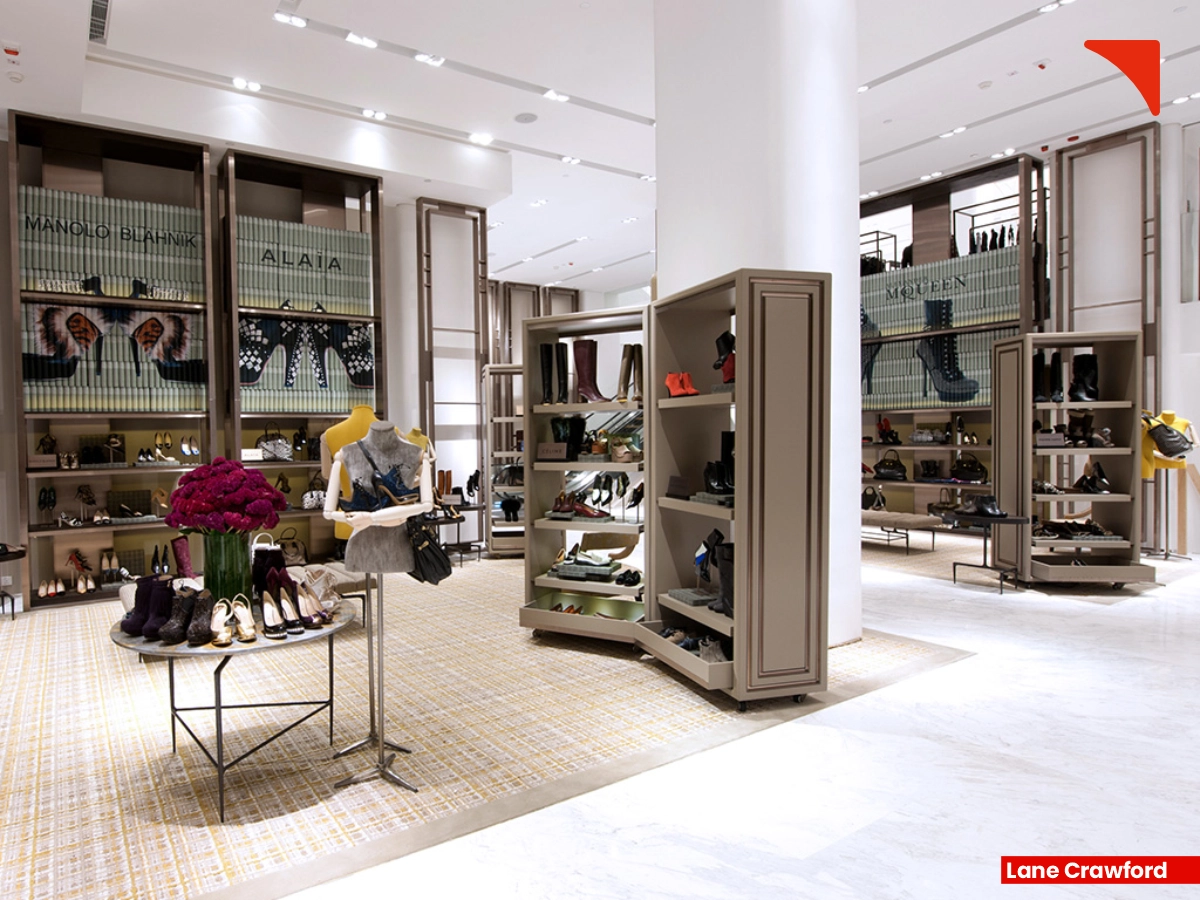
Modern consumers crave more than transactions-they want experiences. Brands like Erewhon and Lane Crawford have set new benchmarks in transforming shopping into immersive, almost theatrical experiences.
Erewhon is a California based organic grocery chain that does not position itself as a grocery store. Instead, it has turned wellness retail into a curated lifestyle gallery. This is achieved through a layout strategy known as the "anti supermarket format"-where the goal isn't efficiency, but exploration. From reclaimed wood fixtures to soft ambient lighting, every detail invites customers to explore, linger, and emotionally engage with the brand. This experiential fitout model has helped Erewhon achieve sales per sq. ft. exceeding $3,000, rivaling luxury fashion stores.
2. Strategic Layouts & Flow
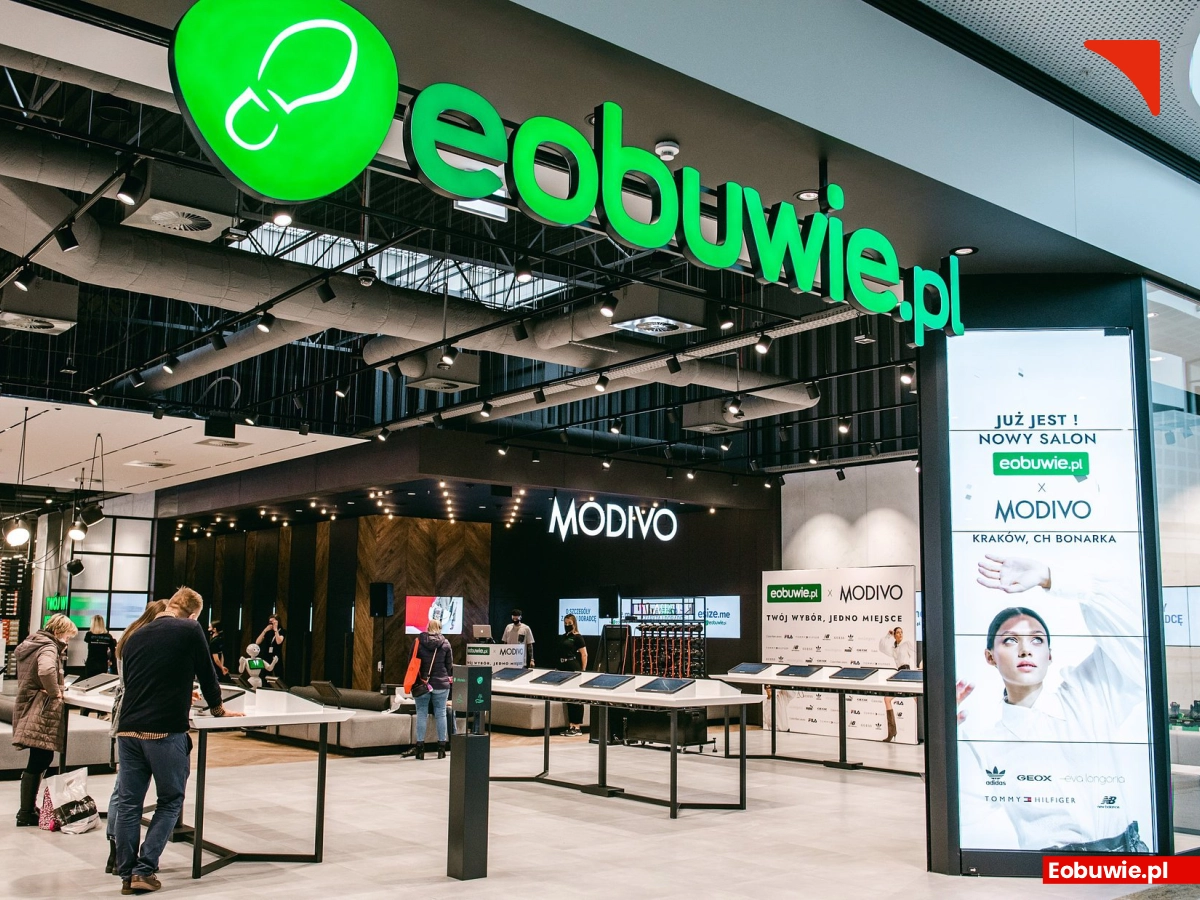
The best fitouts are rooted in consumer psychology and behavioral design. Brands that understand how customers move, pause, and purchase can influence decisions subtly-but powerfully.
Eobuwie.pl is a Polish footwear brand that transformed from a local online seller to a pan European leader using fitout innovation-not ads. The brand reengineered its store layout by removing traditional shelves. Instead, customers browse a digital catalog via touchscreen tablets, and staff brings selected items to private try on zones. This layout minimizes clutter, maximizes choice, and has led to a 30% increase in conversion rates. In addition, stockroom automation reduced inventory search time by 70%, and the brand recorded a 12% increase in average order value in 2022 after their shop fittings project.
3. Consistency With Brand DNA
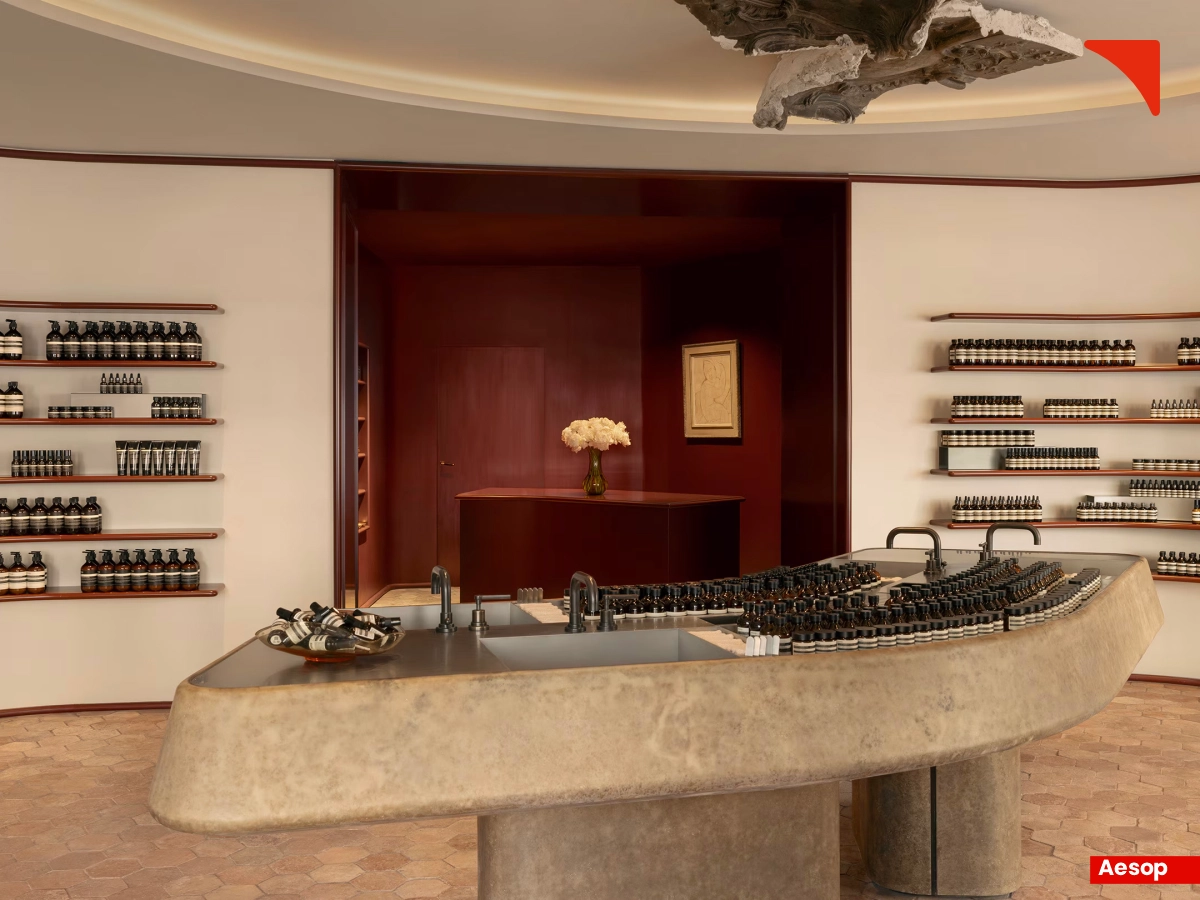
Retail design is storytelling in three dimensions. For brands like Aesop and Ganni, store fitouts are less about uniformity and more about coherence-telling the brand's story across space, texture, and emotion.
Aesop, the Australian skincare brand, builds no two stores alike. Yet every one reflects its
minimalist, intellectual identity. You may recognize the minimalist apothecary style skincare brand, but few know the deep strategy behind each store fitout. The brand uses locally sourced materials and collaborates with regional architects in order to ensure that each store becomes a brand expression that's consistent in essence, even if inconsistent in form. In addition, the implemented retail fixtures double as storytelling devices. Each one of them, including the sinks, counters, and drawers, is designed in a unique manner. This "Responsive Architecture" approach has resulted in customer revisit rates 26% higher than competitors.
4. Localized Customization
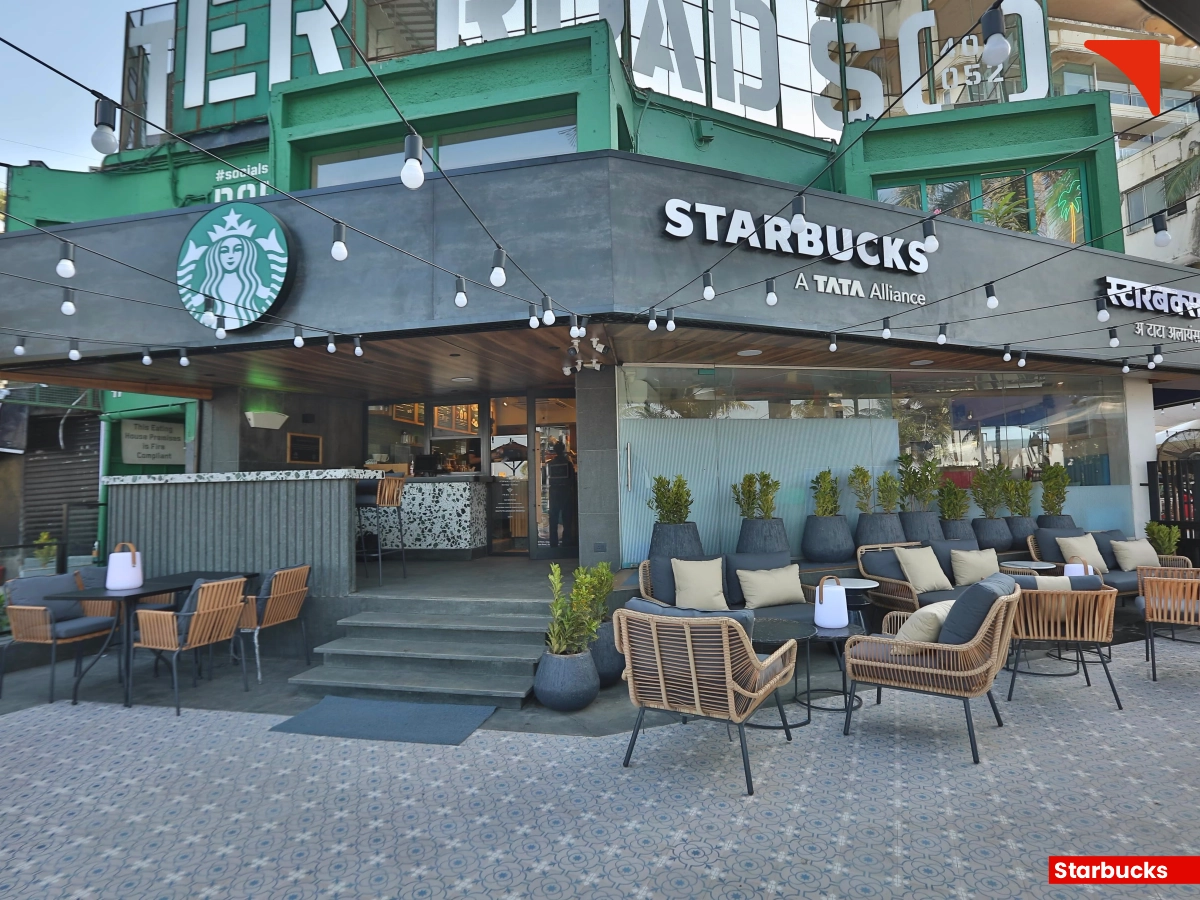
Global relevance requires local resonance. Top brands achieve excellence not by copy pasting flagship formats, but by adapting to local culture, history, and aesthetics-without losing brand identity.
Starbucks Reserve Roasteries follow a similar ethos. Their Chicago Roastery, for example, spans 35,000 sq. ft., featuring massive copper tubes transporting beans across floors, artisan bakery zones, and barista experiences that mirror the city's architectural richness. These flagship locations reportedly generate 2-4 times the revenue of regular Starbucks outlets. By integrating local cues into a global design system, global brands like Starbucks create spaces that feel authentic, not imported.
5. Tech Integration
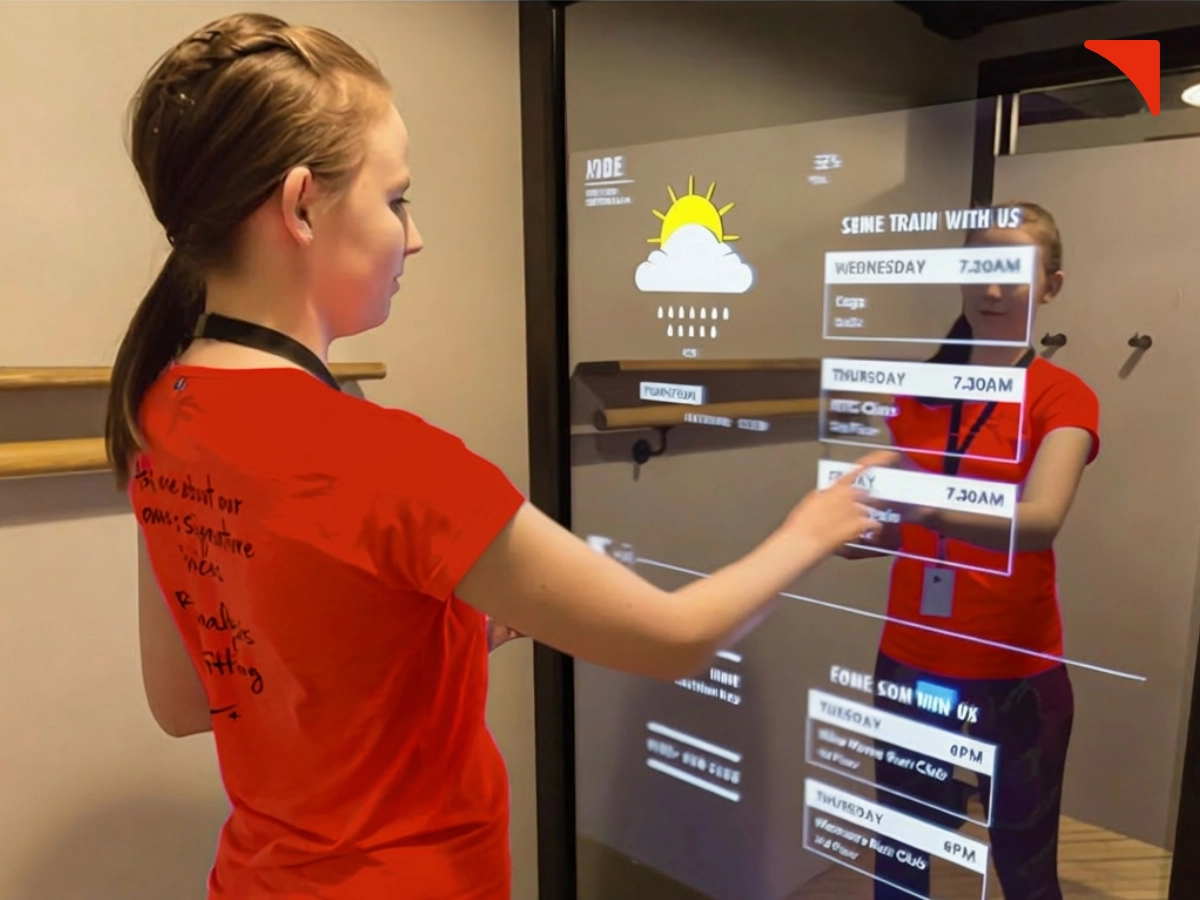
Technology in retail should feel seamless, not showy. When tech serves the customer journey-rather than distracts from it-it becomes a true asset to the retail store fitout.
Eobuwie.pl's use of touchscreen browsing and smart stockrooms demonstrates how tech can replace clutter and improve efficiency. No more crowded aisles or mismatched sizes-just personalized, frictionless service.
Many modern luxury stores, like Gentle Monster, incorporate RFID smart mirrors that recognize products and display relevant content. Customers can see how a product is styled, explore matching items, or even customize in real time.
These integrations are not gimmicks-they're tools that enhance discovery, personalization, and trust without sacrificing design integrity.
6. Sustainability & Flexibility
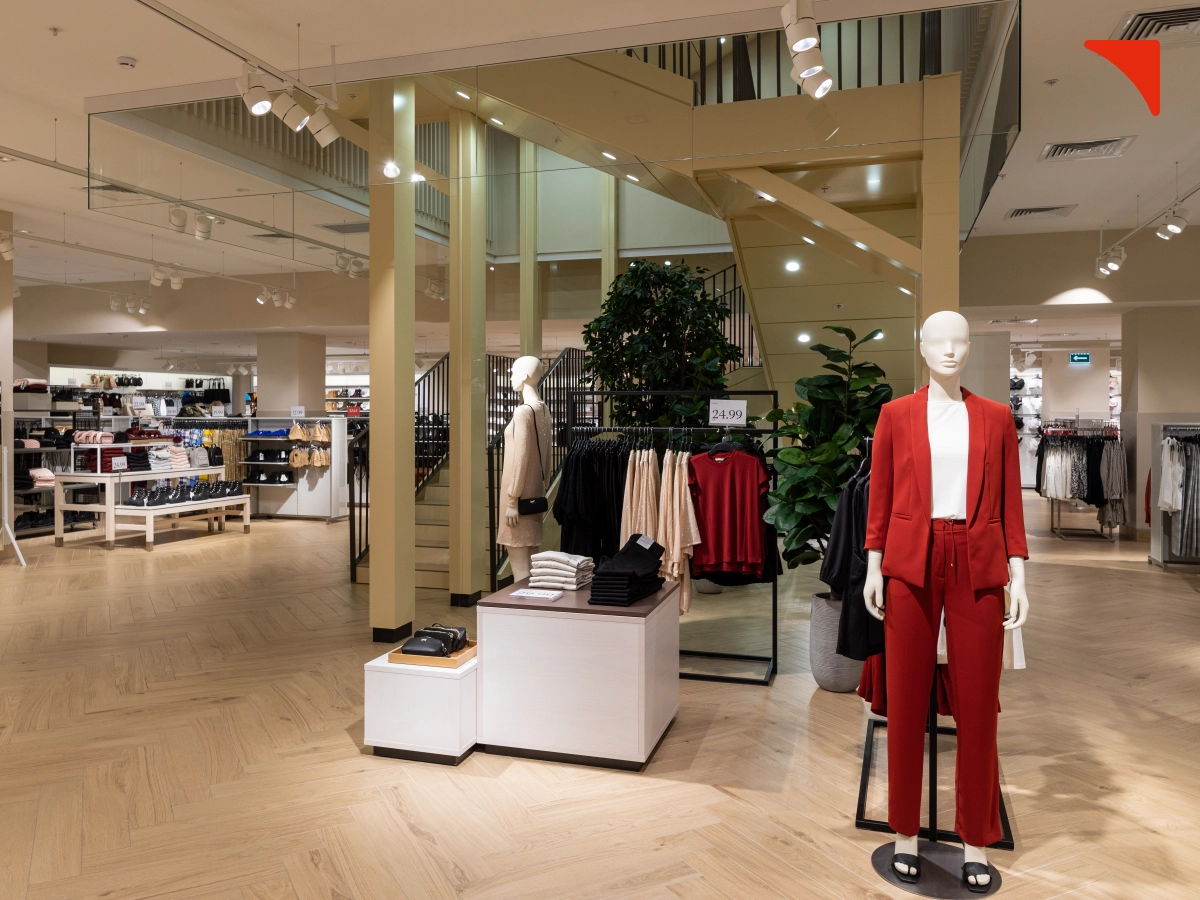
A new generation of consumers doesn't just care about what they buy, but how it's sold. Retail fitouts are increasingly expected to reflect environmental responsibility and adaptive thinking.
Ganni is a Danish fashion label that implements eco fitouts that drive conscious consumption. The brand integrates sustainability right into its store design. From repurposed plastic furniture and modular displays to on site upcycling stations, every element echoes the brand's conscious values. But beyond that, the brand designs for longevity and agility-so stores can evolve with seasons, trends, and campaigns without wasteful rebuilds. In other words, Ganni's stores don't just say sustainability-they show it. This alignment has led to 15% higher basket sizes in eco fitout stores.
Takeaway: Fitouts As Brand Manifesto
Excellence in retail fitouts isn't about greatness or luxuriousness. Instead, it is actually about intentionality. From store design to lighting, from tech to texture, the most successful retail environments align space with strategy. They ask:
- What does our customer want to feel?
- How can our space tell our story?
- How does each element serve both function and brand?
The physical store isn't dying-it's evolving. And the brands that thrive in this new era are those who understand that every square foot is a conversation with their customer. Fitouts are not expenses. They're investments in emotional capital.